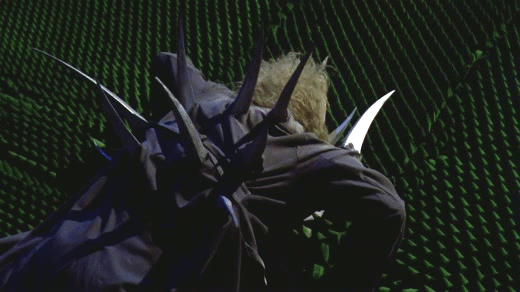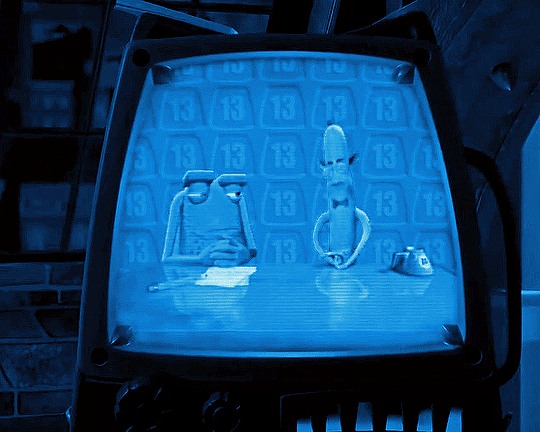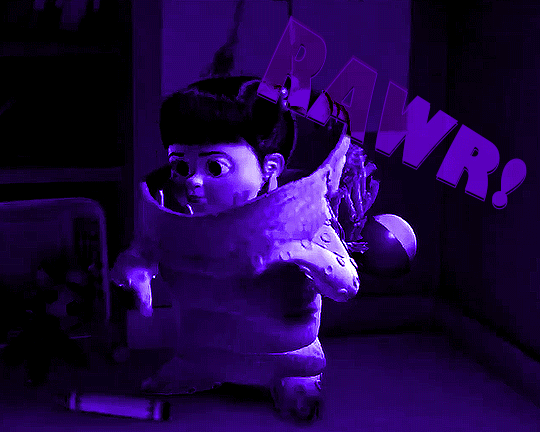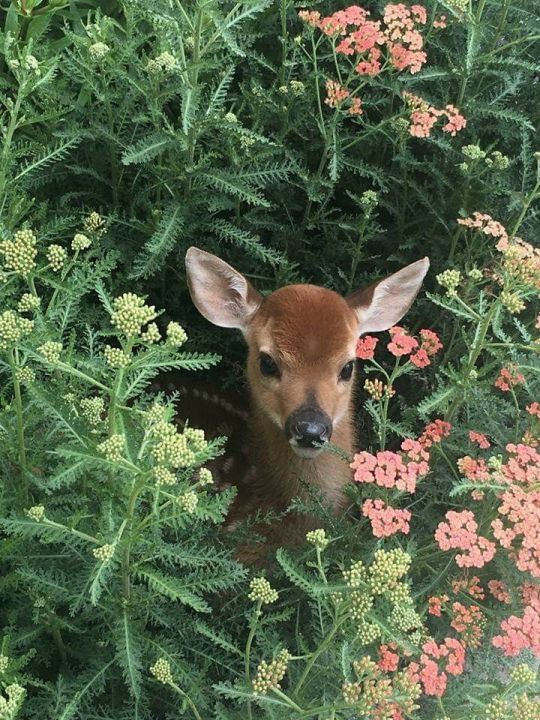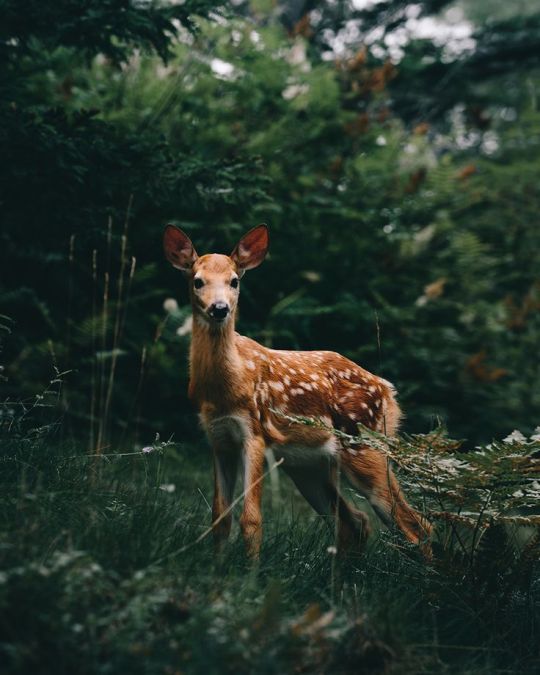Text
Y'all, the world is sleeping on what NASA just pulled off with Voyager 1
The probe has been sending gibberish science data back to Earth, and scientists feared it was just the probe finally dying. You know, after working for 50 GODDAMN YEARS and LEAVING THE GODDAMN SOLAR SYSTEM and STILL CHURNING OUT GODDAMN DATA.
So they analyzed the gibberish and realized that in it was a total readout of EVERYTHING ON THE PROBE. Data, the programming, hardware specs and status, everything. They realized that one of the chips was malfunctioning.
So what do you do when your probe is 22 Billion km away and needs a fix? Why, you just REPROGRAM THAT ENTIRE GODDAMN THING. Told it to avoid the bad chip, store the data elsewhere.
Sent the new code on April 18th. Got a response on April 20th - yeah, it's so far away that it took that long just to transmit.
And the probe is working again.
From a programmer's perspective, that may be the most fucking impressive thing I have ever heard.
22K notes
·
View notes
Text
A celebration video by MTV UK for Jonathan Bailey's birthday
15 notes
·
View notes
Text

Polar bear (Ursus maritimus)
Photos © marcello galleano
150 notes
·
View notes
Text

Alpine mountain views - Adlerweg, Tirol, Austria, October 2022
photo by: nature-hiking
111 notes
·
View notes
Text
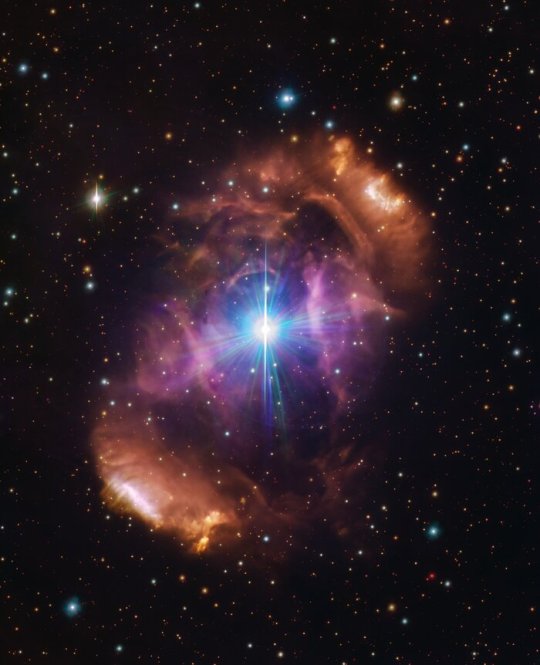
This image, taken with the VLT Survey Telescope hosted at ESO’s Paranal Observatory, shows the beautiful nebula NGC 6164/6165, also known as the Dragon’s Egg. The nebula is a cloud of gas and dust surrounding a pair of stars called HD 148937.
In a new study using ESO data, astronomers have shown that the two stars are unusually different from each other — one appears much younger and, unlike the other, is magnetic. Moreover, the nebula is significantly younger than either star at its heart, and is made up of gases normally found deep within a star and not on the outside. These clues together helped solve the mystery of the HD 148937 system — there were most likely three stars in the system until two of them clashed and merged, creating a new, larger and magnetic star. This violent event also created the spectacular nebula that now surrounds the remaining stars. Credit:
Credit: ESO
258 notes
·
View notes
Text

Alpine mountain views - Adlerweg, Tirol, Austria, October 2022
photo by: nature-hiking
111 notes
·
View notes
Text
Dune landscape in Athens
Every year Greece gets sandstorms from the Sahara desert. Their intensity depends on the area and season.
287 notes
·
View notes
Text


X-Men: First Class (2011) | Deadpool & Wolverine (2024)
1K notes
·
View notes
Text
56 notes
·
View notes
Text
38 notes
·
View notes

